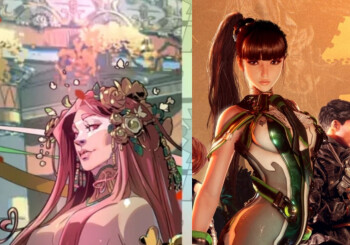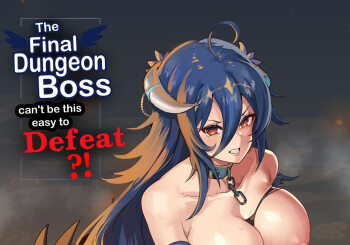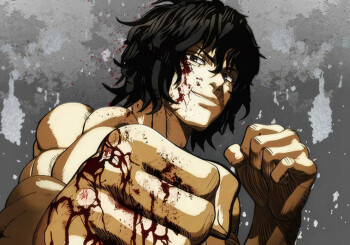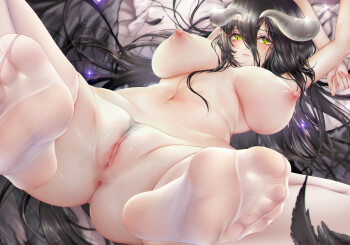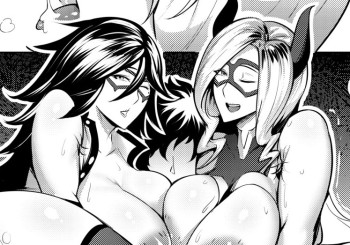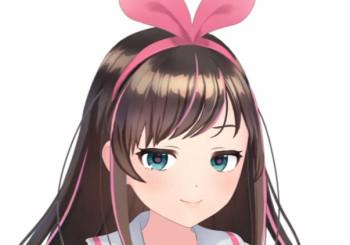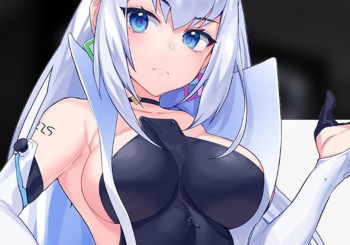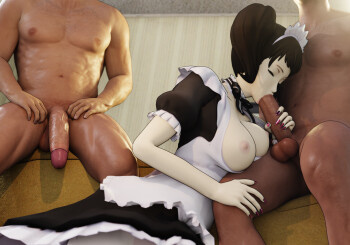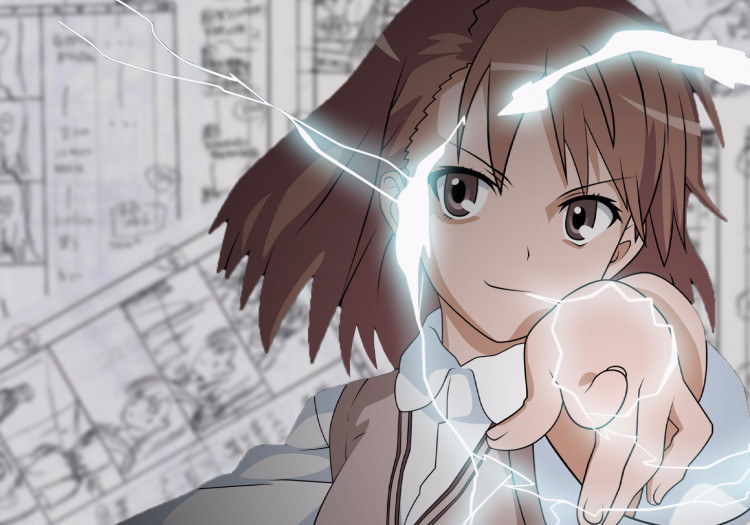
If you ever watch anime, I'm sure you've seen some of the vivid colors, intense lines, good music, and the fluid motions good quality anime usually have. However, the time, effort, and dedication the animators, seiyuus (voice actors), and other staffs poured on each of the episodes sometimes goes unnoticed. With that in mind, let's see just how an anime episode is produced.
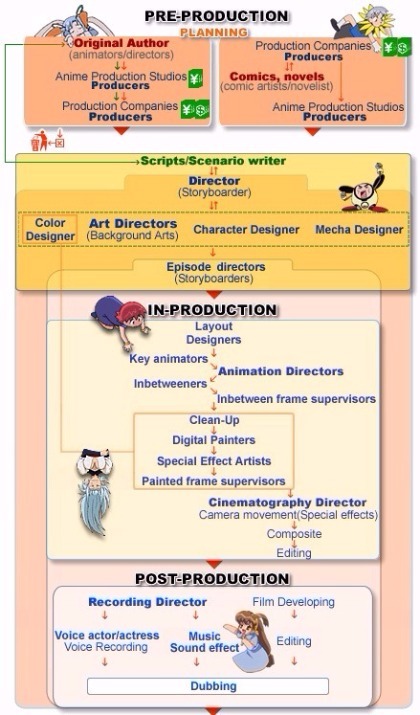
While some people write off the animation process as a simple five to seven step procedure, it is a lot, lot more complicated than that. This image taken from the Anime International Company can provide a good overview on the process. We can see that there are a lot happening in creating a single anime title. It is conveniently divided into three categories.
PRE-PRODUCTION
This is the boring part. This is the part that where people push the idea that an anime needs to be made. The people who make the calls to what is to be made are usually the big shots in the anime industries, like directors and producers, or big shots in the publishing companies where most of anime's source materials came from (mangas and light novels).
After the idea is pitched, it's off to the calculators to find out a rough estimate of how much production would costs. Production companies would then gather the necessary stuffs needed to make the anime a reality. These are the staffs and the sponsors. They also take care of looking over the advertisement and merchandise the anime could create for profit. So far, the anime is being treated as a serious business opportunity for investors.
After the producers gather the main staffs, (the director, scriptwriter, art director, and storyboard artist), they meet and plan out the anime and work on the series' compositions. They usually talk out how many episode will they make over the season and how will it play out. They also further plan out the specifics of picking the right people for the job, like character designers and background artists. Other topics they discuss are the tight schedule animating creates and budget.
Once the character designer is picked, it's off to creating and designing the characters. This is an important part of the early animation process. The character designer's job is usually simplifying the already established character taken from the source material so that they can be better suited to anime and in the case of original animes, creating a new character based on the descriptions of the writers and director. The character designer also sticks around after the pre-production stage to monitor the animators, so that they won't veer off from the character models.
After all this, creating the first episode will start.

A side by side comparison of a character in the source material to the same character in the anime adaptation.
PRODUCTION
The first step in production is to write a script. The script writer (or several in some cases) writes a full story based on the synopsis or the plan of the director. These scripts are then reviewed by the director, producers, and sometimes the author of the source material and finalize the script by including the directors' and producers' creative inputs. After the script is complete, the storyboard is created.
The storyboard is the vision of the director on the direction the anime is going. It is a scene by scene illustration on how the anime should look. The storyboard includes the cuts, the character's angle and movements, camera movements like panning and zooming, and dialogues. You can look at the storyboard and instantly see what and how the director wants that certain scene would appear to be. Usually, the director would draw the storyboard him/herself but in anime, there are other people drawing the storyboard for the director. These storyboards will be reviewed by the directors and animators. This means that it's not unusual that a storyboard for a single episode could take a long time to make (usually three weeks).

An example of a storyboard from Space Dandy by Studio Bones. Descriptions are placed on the right side of each of the illustrations.
ANIMATION
Once the storyboard is completely drafted and everything is in place, it's time for animation. Some people think that it's easier to do animations now because of the advantages new technologies has to offer and to a certain extent, that's true. However, anime is one of the few mediums left that uses "traditional animation" or drawing frames by hand. This is the reason why anime has a wide range of variety and allows scenes to be more expressive. Sure there are some computer programs that lets you animate without using a pencil, a pen, or a paper, but the anime industry still widely prefer the old ways because they are more comfortable with it, despite being more work.
Animation starts with the KEY ANIMATION. Key Animators uses the storyboard as a base to draw frames that will serve as the start of a certain action, emotion, or transition. The key animators draw the character in a certain frame, with lines that guides the in-between animators for the lighting and shading. There can be as much as 20 key animators at work for a single anime episode, each in charge of several parts of the anime.

Carnival Phantasm poking at the animation process for laughs. Taiga is shown to be only in the key animation phase while Illya is seen well-animated. You can watch it at the end of episode 1 and 2.
Since there are a lot of key animators working on a single episode of an anime, the consistency of the artwork must be strictly monitored. This is the job of the ANIMATION DIRECTOR. Artists tend to have styles unique to them and it may take away at the overall anime. The animation director must make sure that there is consistency in each of the frames in the key animation process, sometimes redrawing frames if needed to be. Since this is one of the more important jobs in the anime production, the position is for highly experienced animators.
Once the key animations are complete and checked by the animation director, it's time to fill in the gaps so that the key animation could create the illusion of a moving picture. This phase of the production is called the IN-BETWEEN ANIMATION. This is grunt work, often tracing the works of others and, quite simply, filling in the gaps. They are usually outsourced outside of Japan (mostly in Korea, that's why you see Korean names in anime credits, I think), and are paid the least. The animators in charge of in-between animation are usually contractual, and are the stepping stones for animators to gain experience to play with the big boys. Even with numbers, the in-between animators still takes a week to complete the in-between animation.
Let's use a little Math to show how much of a work is in animation, anime usually runs from 12 to 24 frames per second. If an average anime plays for 22 minutes long, then each episode has roughly 15,840 to 31,680 illustrations. That's a lot of drawings! It's amazing that these are being released in a weekly basis.
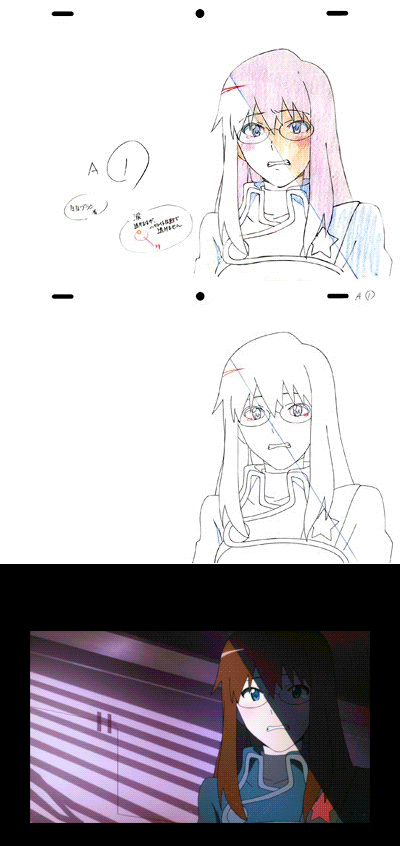
DIGITALIZATION
After all the drawings are done, they are digitalized. Using a computer, the illustrations are colored with the specified color palette by the painting staffs (another grunt work with low pay). Using the lines created by the key animators, the painting staffs color in the shadings. Once coloring is complete, it's off to process the drawing as animation. The program used by most Japanese animators use the program "RETAS!" PRO (stands for Revolutionary Engineering Total Animation System). The background art is also added in using the program. CG characters and machines are added in this phase of the animation. The special effects are also added to the drawings in this phase of the animation process. Some of the special effects are sometimes drawn traditionally, but can be enhanced using digital tools. Effects also include blur, ambient light, backlight, flare, and other flashy stuffs. . Even with the help of technology, this phase in the animation production still takes a week.
POST PRODUCTION
After all that, the final product is almost complete. An anime episode is created. All that's left to do is to have seiyuus voice out the characters and have the recording director put in background music, sound effects and other sounds necessary for the anime. At this late in production, there can be small editing done to make the episode better. After the voice, music, and other sounds are put into the episode, it's off to the broadcasting station to air the anime for all the people to watch.
With such a lengthy process, it's no surprise that this won't come cheap. According to Masamune Sakaki, a CG creator in the anime industry, an average 13-episode anime season costs around 250 million yen (or $2 million). That's roughly 19 million yen (or $150,000) for each episode!
And... that's it. That's the work done in producing an episode of anime. This is just a general description of the animation production and there may be things that I missed out. Please feel free to say some of the process I missed and inform us in the comments below for any suggestions and recommendations.
-RinSigua



